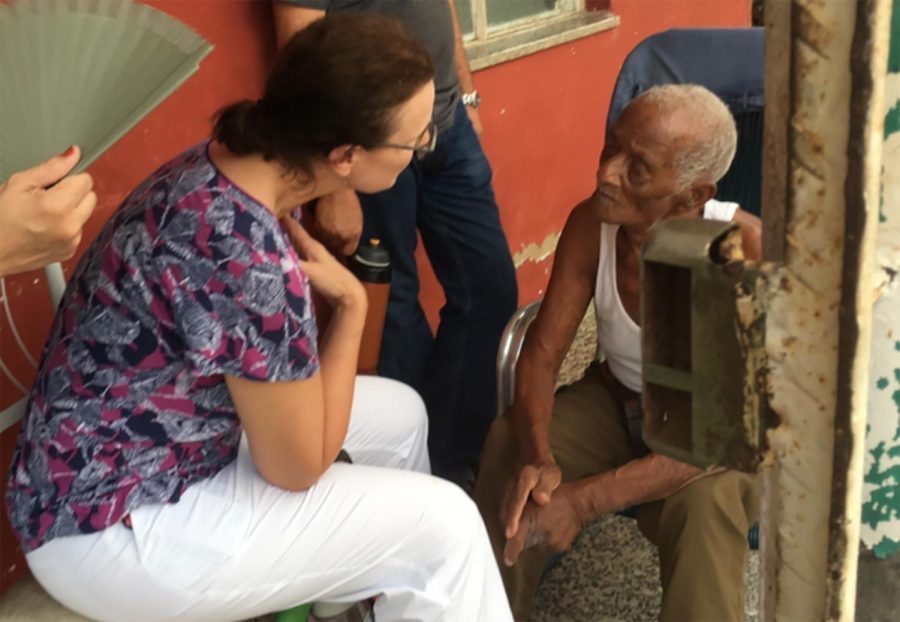Small wealth, big hearts
Mission trip brings light to Cuban life
December 20, 2018
Imagine stepping back in time to the ‘50s or ‘60s. Vintage cars roam the faded streets lined with pastel colored buildings built wall-to-wall. This may seem like a distant era, but it is reality for many Cubans. However, most Cubans could be compared to an everyday American, minus the new commodities.
First Baptist Preschool Director Shauna Cotton and others from First Baptist Church went on a mission trip to Cuba this past September. While there, the group worked with local church leaders in restoring churches and commencing in missionary activity.
“Part of the [earlier] Cuban government’s decision was to let churches fall into ruin and hope that the people that go to those churches would disband but that did not happen,” Cotton said. “Now, the government has given permission to churches to rebuild or repair what they had.”
Cotton is fluent in Spanish, and this prompted her to go with the group two years ago as a translator. With the launching of the Backyard Bible Clubs this year, Cotton decided to travel again.
“The first time I went, I was really nervous because you just have a perception of Cuba being cut off. I thought it would have been more like a third world country,” Cotton said. “It has changed a lot since the first time I went, two years ago. The tourism industry has opened a lot, not just to the United States but all over the world.”
Aesthetically, Cuba has changed greatly over the past two years. This is partly because the government wants to present a nice scene to oncoming tourists.
“They’ve done some cosmetic things in the capital to make themselves look prettier. When we went through customs and [airplane checkpoints] this time [it was different]. Whereas before it was manned by young men and women that were serious and in uniform, this time it was young girls that were much friendlier.”
Although Cuba presents itself as a tourist attraction and up-to-date place, much of the buildings and establishments lag behind other modern countries.
“You don’t have to look very far to go, ‘You’ve just slapped a coat of paint on that really old whatever.’ It doesn’t really change the fact that it’s really old,” Cotton said.
The shortage of many items taken for granted in the United States led the people of Cuba to stretch and conserve the little commodities they have such as vehicles.
“In the town, we would be transported in anything from a horse drawn buggy with benches on the back to an old school bus that literally lost parts as we were going down the road; we had to stop and pick them up,” Cotton said. “People that we spoke with said that it is the dream of their life to own a car before they die.”
The lack of money and troubles does not stop Cubans from being happy. Many Cubans live joyous, social lives surrounded by friends and family. Cotton herself experienced this sense of the community while she was staying at the local church.
“They have so little, yet they are happy people,” Cotton said. “They work very hard to survive and provide for their family; they are industrious, and I admire that. People are really important to them because that is the main thing they have. You can tell that they love each other.”















